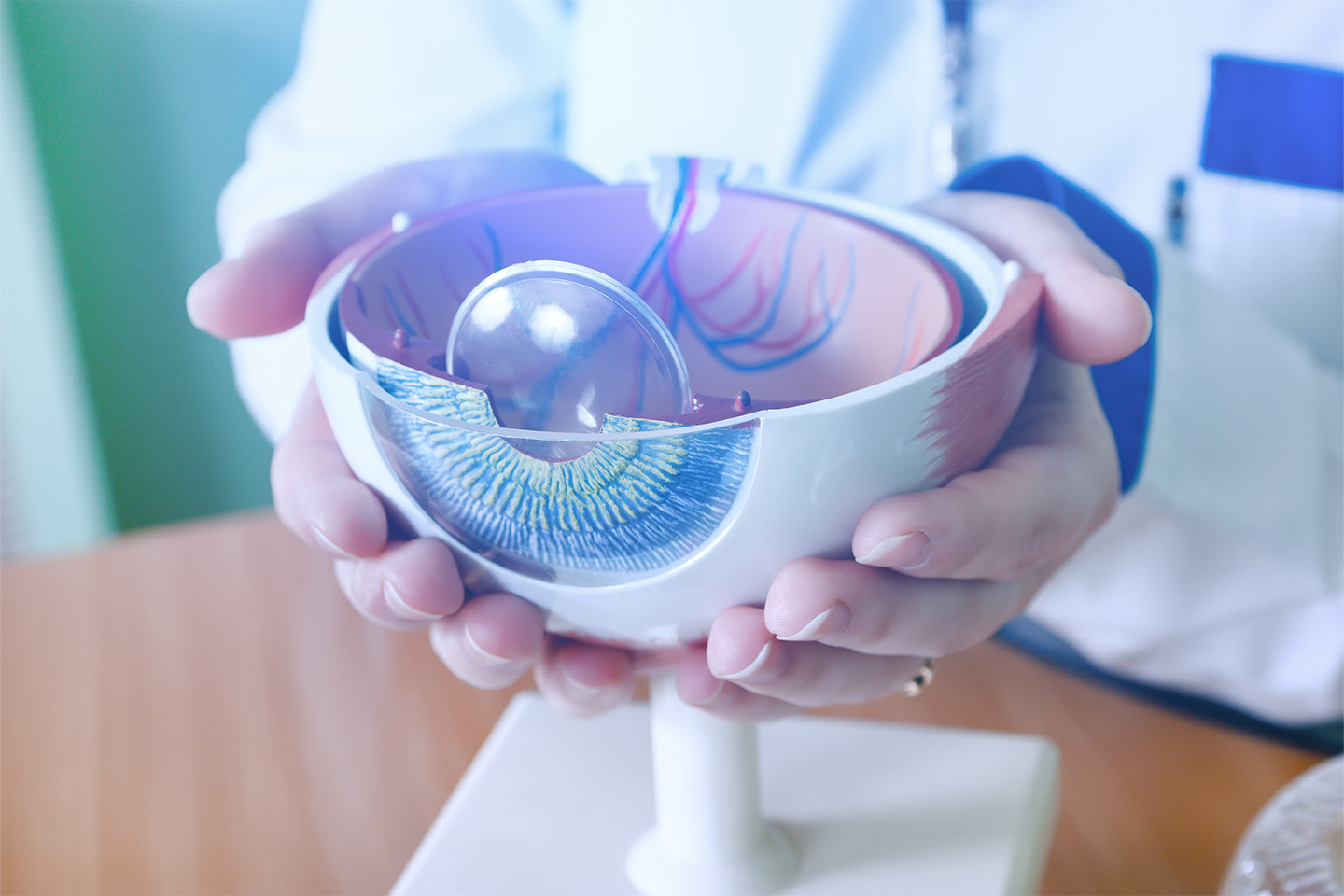What’s the Difference Between Glasses and Contact Lens Prescriptions?

If you’re thinking about making the switch from contacts to glasses — or vice versa — there’s something you should know. You need a new prescription! Even though they technically make the same adjustments for the same pair of eyes, glasses and contacts fit differently since they sit at different distances from your eyes. In fact, if you used the same glasses prescription for your contacts, your vision would not be the same through them.
That’s why we offer contact exams and fittings along with comprehensive eye exams at Kleiman Evangelista Eye Centers. Continue reading to learn the main differences between glasses and contact prescriptions and why it’s important to have both.
Why are Glasses and Contacts Prescriptions Different?
The difference between the two prescriptions comes from how they are worn. Contacts sit directly on the eye, while glasses are positioned about 12 millimeters away, so they bend light differently.
Your glasses prescription already takes this distance into account. However, more information and strength are needed to give you clear vision with your contacts.
Contacts and glasses prescriptions are typically only valid for one year. So, you need to visit our eye doctors in greater Dallas again before reordering.
Additional Contacts Specifications
Your glasses and contact prescriptions have several similar measurements, such as power, cylinder (for astigmatism), and axis (for the positioning of your astigmatism). However, your contacts prescription contains three additional specifications that differentiate it from glasses:
Base Curve
The base curve, or BC, measures the roundness of your eye. Specifically, it provides the amount of curvature needed for the back surface of your contact lens based on the shape of your cornea.
Diameter
Diameter, or DIA, describes the width of the contact lens. Soft contact lenses usually range from 13.5 to 14.5, while gas-permeable lenses range from 8.5 to 9.5.
Together the base curve and diameter ensure that your lenses fit well — not too loose or too tight.
Brand or Material
The brand and material of your contacts is what determines their breathability. This factor is especially important if you suffer from dry eyes or allergies. Though it is not recommended to regularly sleep in your contact lenses, some materials are approved to be worn overnight. This may not seem like an important specification, but did you know that you’re only allowed to buy your prescribed brand/material?
Keep in mind, not everyone who wears glasses can even wear contacts due to certain eye conditions, such as dry eye. That’s why it’s important to visit the eye doctors in greater Dallas before making the switch.
The best way to ensure the clearest vision possible without needing separate prescriptions and exams is with LASIK surgery! This corrective eye procedure considers the exact curvature of your eye, your prescription, and more to deliver individualized, long-term solutions — so no updates needed.
Schedule your free consultation with the experts in cataract and LASIK surgery in Dallas to determine if you are a good candidate for LASIK surgery and free yourself of the burden of glasses, contacts, and other corrective eyewear.
[DISPLAY_ULTIMATE_SOCIAL_ICONS]








